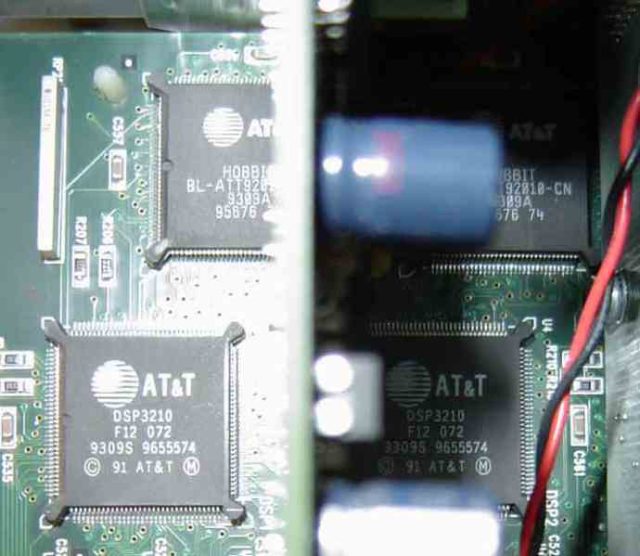A decidedly non-Linux distro walkthrough: Haiku R1/beta2

Enlarge / Haiku's bright, colorful boot splash feels like something you'd see on Tom Nook's computer. (credit: Jim Salter)
Earlier this month, the Haiku project released the second beta of its namesake operating system, Haiku.
Haiku is the reimagining of a particularly ambitious, forward-looking operating system from 1995-Be, Inc.'s BeOS. BeOS was developed to take advantage of Symmetrical Multi-Processing (SMP) hardware using techniques we take for granted today-kernel-scheduled pre-emptive multitasking, ubiquitous multithreading, and BFS-a 64-bit journaling filesystem of its very own.
BeOS-the Apple OS that never quite was
This prototype Bebox's two AT&T Hobbit processors lurk-uncooled!-beneath a Trident video card. (credit: Ludovic Hirlimann)
Most of those who remember BeOS remember it for its failed bid to become Apple's premiere operating system. The platform was created by Jean Louis Gassee, a former Apple executive who wanted to continue work he had done on the discontinued Apple Jaguar project. In its early days, Be developed the machine for its own hardware, called the BeBox-a system with two AT&T Hobbit processors on which BeOS' unrivaled attention to SMP efficiency could shine.
Read 40 remaining paragraphs | Comments